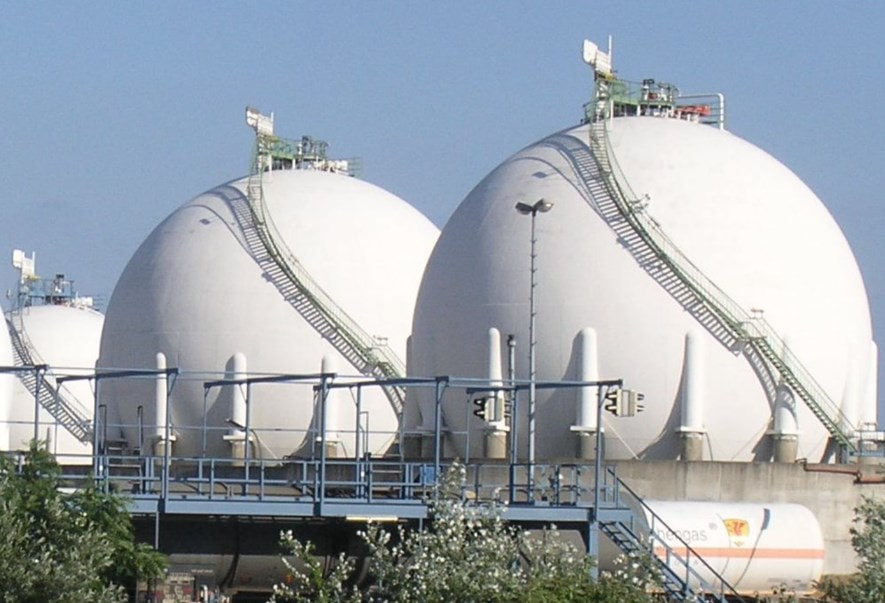European tightness to persist through the winter In recent times, natural gas prices have hit new records on almost a daily basis. TTF has recently broken above EUR70/MWh, which is up around 245% since the start of the year and up from the lows of a little over EUR3.5/MWh in May last year. What are the factors driving this strong rally? First, we need to go back into time to the spring as this is where the foundations were laid for this rally. We had colder than usual weather through April and May in Europe and this led to a late start if the injection season. Typically, the gas injection season starts at the end of March and early April, however, we didn’t see any significant injection until almost mid-May. Second, for most of the year, there has been little incentive to send spot LNG cargoes into Europe, so these cargoes have made their way to Asia instead, where prices have been more attractive. The spot Asian LNG premium over TTF has averaged a little over US$1.50/MMBtu since the start of the year through until the end of August. Although with the more recent rally in European prices, TTF is now trading at a premium to spot Asian LNG. Third, there have been several outages over the summer comprised of a mix of planned and unplanned outages. Russian gas flows fell in July due to maintenance on both the Yamal-Europe and Nord Stream pipeline. While in August flows were disrupted after a fire at one of Gazprom’s condensate treatment plants in Western Siberia. Average Russian flows via the Mallnow entry into Germany were down 40% MoM in August. Although these flows have recovered more recently. Norway has also seen a fair number of outages this summer, including at the Troll field. Another factor to consider is the record carbon prices in Europe which have ensured coal to gas switching. EU carbon allowances have rallied as much as 93% this year. Although, the more recent strength in gas prices has reversed this advantage. Dark spreads are more attractive than spark spreads over 4Q21. There have even been some coal plants reopening in the UK. Looking at the big picture, we have a combination of demand recovery across Europe, lower inflows and falling production which means that that European gas inventories are well below average. Storage is only 71% full, compared to the 5 year average of more than 86%. Storage is at its lowest levels in at least a decade going into winter. With the official start of heating season quickly approaching, it is quite likely to see prices at elevated levels into winter as well as increased volatility. In conjunction with this, we see that the forward curve in Europe basically flat until February, so there is little incentive to store gas. To see an incentive to store gas, the forward curve would need to shift to contango, and this scenario seems unlikely given the current tightness. Another supportive factor for LNG is China making a focused effort to tackle emissions this year. In addition, the significant rally in coal prices in China this year, due to a combination of import restrictions and the temporary closure of some coal mines earlier in the year, is providing support to LNG. It is unlikely that Chinese demand for LNG will slow in coming months as the government will want to ensure adequate supply particularly over the winter months.
High Global Prices Provide a Boost to US LNG Exporters Strong prices in Europe and Asia would be welcome news to US LNG exporters, particularly after the weakness seen last year, which led to a significant amount of cargo cancellations. However, this year there has been little risk of that with the spot Asian LNG premium over Henry Hub averaging almost US$8/MMBtu so far this year. While the spread is currently closer to US$14/MMBtu. As a result of this, US LNG exports have hit record levels this year. US LNG exports over the first six months of the year are up 41% YoY, while exports in March hit a monthly record high of 321Bcf. In addition to stronger LNG exports, pipeline exports have also hit record levels with increased flows to Mexico. Domestic demand in the US has also been strong. The latest available EIA data shows that demand from power generators in June increased by 3.5% YoY, and almost 9% higher than the same month in 2019. Stronger export volumes and strong domestic demand has meant that US inventory injections this year have been slower than usual. The tighter environment going into winter suggests that Henry Hub will likely remain well supported over the coming months.
0 Comments
Leave a Reply. |
AuthorTim the trader Archives
January 2025
Categories |
Site powered by Weebly. Managed by iPage


 RSS Feed
RSS Feed